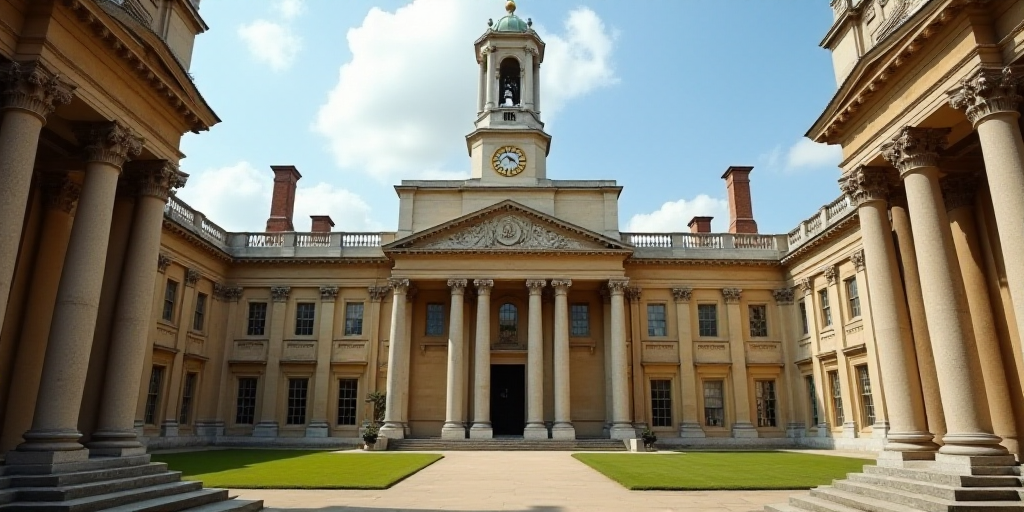Background on the Bank of England and its Role
The Bank of England is the central bank of the United Kingdom, responsible for maintaining monetary and financial stability. It plays a crucial role in the country’s economy by setting interest rates, managing exchange rates, and implementing monetary policy.
Decision to Maintain Interest Rates
On Thursday, the Bank of England decided to keep its benchmark interest rate unchanged at 4%. This decision comes after a previous quarter-point reduction last month, aligning with market expectations from a Reuters survey.
Divided Votes on Interest Rates
The Monetary Policy Committee (MPC) voted 7-2 in favor of keeping the rates at 4%. Members Swati Dhingra and Alan Taylor advocated for further rate cuts, but their colleagues maintained that the current level was appropriate.
Slowing Asset Purchase Program
The Bank of England announced that it would slow down its Quantitative Easing (QE) program, which involves the sale of long-term government bonds known as “gilts.” The central bank initially purchased £875 billion worth of these bonds between 2009 and 2021 to stimulate the economy.
Voting on Gilt Sales
MPC members voted 7-2 to reduce annual gilt sales from £100,000 million to £70,000 million. This adjustment is in line with the average forecast from a Reuters survey.
Chief Economist’s Stance
Huw Pill, the Chief Economist at the Bank of England, voted to maintain the £100,000 million sales rate, believing that the impact on markets would be minimal. Meanwhile, Catherine Mann, another MPC member, advocated for a reduction to £62,000 million.
Future Gilt Sales Distribution
The Bank of England stated that, over the coming year, gilt sales will be divided 40-40-20 among short-term, medium-term, and long-term bonds, respectively, based on an initial purchase price.
Inflation and Growth Projections
The Bank of England maintained its forecast that inflation would peak at 4% this month before gradually declining to its 2% target by the second quarter of 2027.
Additionally, the central bank raised its growth projection for the third quarter from 0.3% to 0.4%.
Governor Andrew Bailey’s Statement
“Although we expect inflation to return to our 2% target, we are not out of the woods yet. Any future rate cuts must be gradual and carefully managed,” said Governor Andrew Bailey.
Market Expectations
Prior to Thursday’s decision, markets anticipated only one of three possibilities for another rate cut this year.
Key Questions and Answers
- Q: What is the Bank of England’s primary role? A: The Bank of England maintains monetary and financial stability, sets interest rates, manages exchange rates, and implements monetary policy.
- Q: What decision did the Bank of England make regarding interest rates? A: The Bank of England decided to keep its benchmark interest rate unchanged at 4%.
- Q: How did the Monetary Policy Committee vote on interest rates? A: The MPC voted 7-2 in favor of keeping the rates at 4%.
- Q: What changes did the Bank of England implement in its Quantitative Easing program? A: The Bank of England slowed down its QE program by reducing annual gilt sales from £100,000 million to £70,000 million.
- Q: What are the Bank of England’s inflation and growth projections? A: The Bank of England forecasts that inflation will peak at 4% this month and gradually decline to its 2% target by the second quarter of 2027. It also raised its growth projection for the third quarter from 0.3% to 0.4%.






